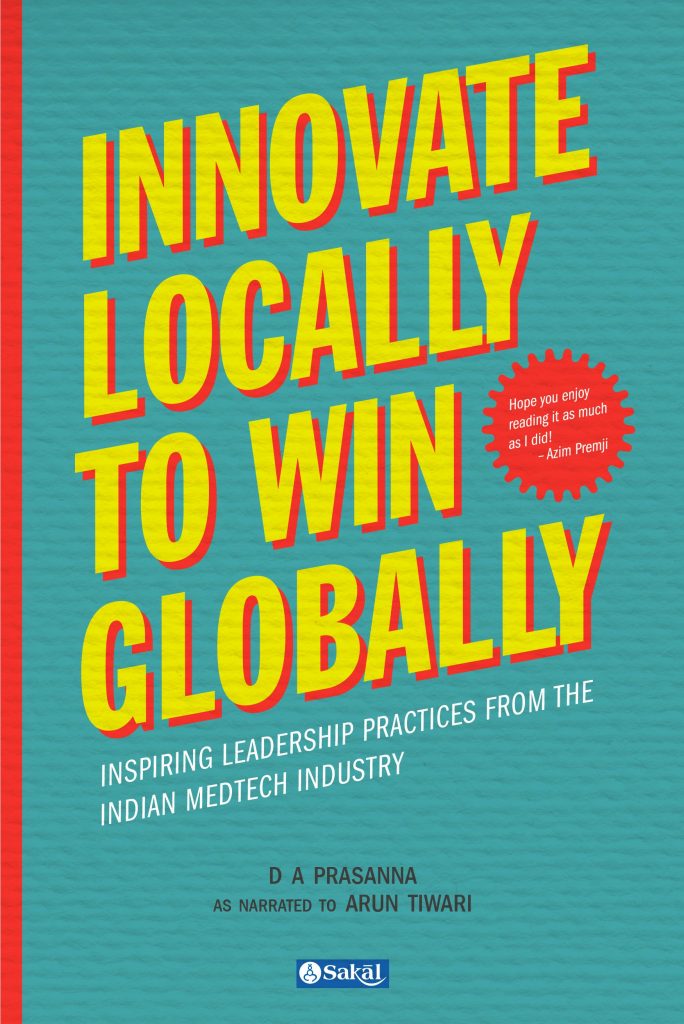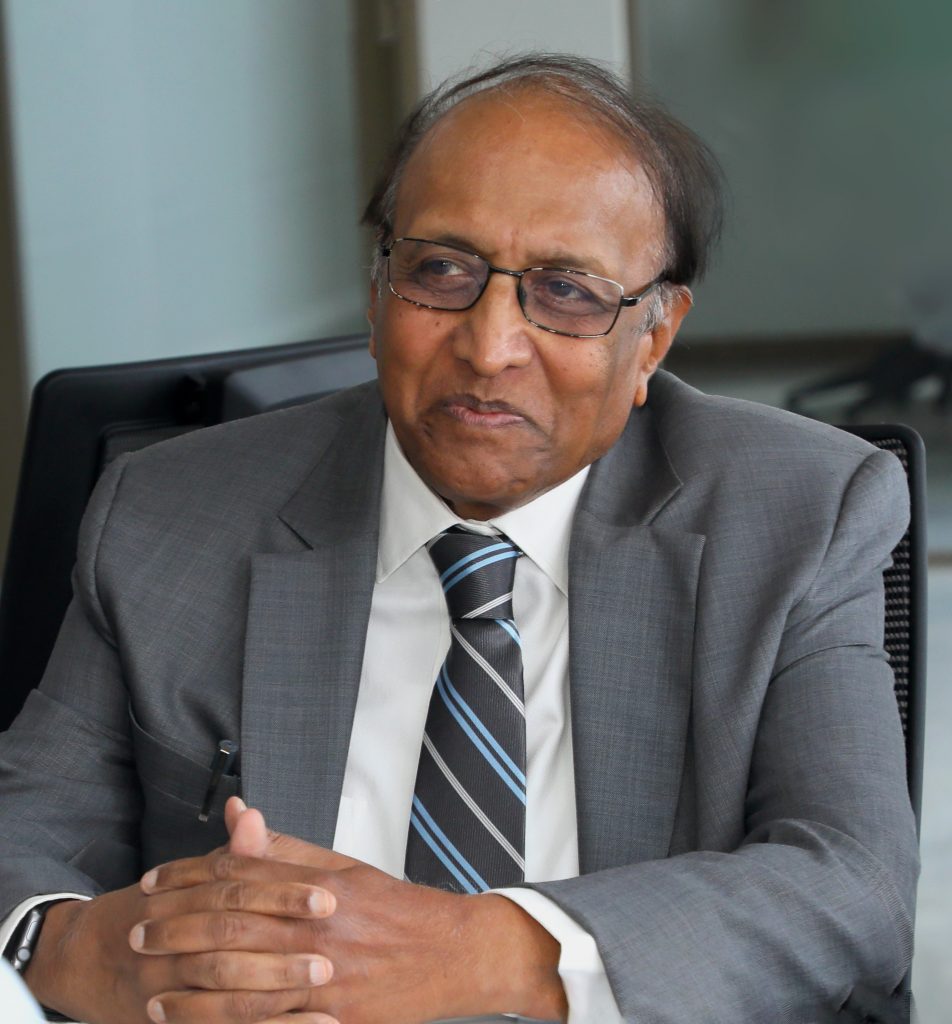

Authored by D A Prasanna (PGP 1974), as narrated to Arun Tiwari
Prasanna set new expectations from the HR function and architected Wipro Leadership Program grooming a generation of top-level executives in Indian IT sector including several CEOs. As founding CEO of WiproGE, and a pioneer in the MedTech sector, Prasanna innovated new business models making modern medical technology accessible and affordable and making GE Health Care number one in India in the process. Prasanna founded India’s most reputed Clinical Research Organization. He is the Chief Patron of the Prasanna School of Public Health in Manipal University.
Arun Tiwari is a missile scientist who pioneered the development of civilian spinoffs and a well-known author. He is widely recognized as a pupil of Dr APJ Abdul Kalam, the 11th President of India, and co-author of his autobiography ‘Wings of Fire’.
SYNOPSIS by Prof Ravi Rama Murti (PGP 1974), Distinguished Professor at NEU Boston (Co-author of Reverse Innovation in Health Care, Harvard Business Review Press, 2018)
Prasanna and colleagues chronicle in this book how they laid the foundation for India’s medtech industry, but the book’s lessons go far beyond that industry. That is why managers and policymakers in all industries should read this book.
The book illustrates the painstaking and relentless work necessary to create a technology-intensive industry in a developing country. It doesn’t happen in a flash, and it doesn’t happen in a straight line. It takes leaders with imagination, courage, and grit, who replace one ambitious goal with another until eventually they achieve results that would have seemed impossible in the beginning
To see why creating new industries is hard work, consider that Prasanna and colleagues first had to persuade multinationals to invest in India, and then persuade the government to modify policies to make that possible. They had to find, nurture, and inspire technical talent. They had to partner with local private and state-owned firms to make key components. They had to educate doctors and technicians on how to use the new technologies. In short, they proactively managed the external context, never accepting the world as it was.
When GE Medical entered emerging markets like India, serving the top-of-the-economic-pyramid was easy and profitable, but the big opportunity was in serving the mass market, through smaller private hospitals, government hospitals, and rural healthcare facilities. These customers wanted products with 80% of the functionality of high-end products but for 20-40% of the price! GE couldn’t create such products by tweaking high-end products; it required clean-slate, breakthrough innovation, by teams in India, led by people like Prasanna, who had deep customer insights and a proclivity for low-cost solutions.
But that wasn’t enough. You also had to innovate in how you sold the products to cash- and talent-starved hospitals. Instead of selling the equipment outright, they lined up a financing partner to cover the capex and a clinical partner to run the service, using a pay-per-use model. In this way, modern diagnostic facilities became available in over 2,500 Indian hospitals without a rupee of capex on the hospitals’ part.
In the long run, the efforts of leaders like Prasanna and his colleagues created positive spillovers. GE’s success in medtech and other businesses in India was probably the reason why in 2000 GE set up its first major research lab in the developing world, in Bangalore, employing over 4,000 engineers and PhDs, including experts attracted back to India from US or Europe. In turn, GE’s example probably prompted other MNCs to open R&D centers in India. In this way, a virtuous cycle was set in motion. The end result was a vibrant, internationally-competitive medtech ecosystem of suppliers, vendors, support services, financiers, R&D labs, and university partners. The value of this ecosystem became evident when COVID-19 hit India and local firms were able to quickly produce low-cost ventilators, oxygen concentrators, and other vital equipment.
There is another big lesson in this book. When GE or Wipro innovates to solve a local Indian problem, it is probably also solving a problem faced by 3 or 4 billion people in other poor countries. With China having become a middle-income country, India is one of the few low-income countries with both a large domestic market and the entrepreneurial ecosystem for “affordability innovation.” When Wipro-GE was doing $4 million in sales in India, Prasanna and his colleagues dreamt of doing $100 million in sales. By 2000, they not only hit that number, but matched it with another $100 million in exports. By 2022, the Indian medtech industry’s sales were already at $12 billion, and Prasanna challenges the next generation to take that to $100 billion by 2030.
That brings me to my final point. The next generation of engineers, managers, and policymakers must carry on the endeavors started by the amazing men and women featured in this book. They must strive to deepen and broaden India’s manufacturing capabilities, one product or component at a time. Only manufacturing can create enough jobs for the masses, and bolster India’s long-run growth, self-reliance, and national security. A large country like India cannot skip the industrialization phase and leapfrog directly to become a services economy
Prasanna’s recounting of how the medtech industry was built should be inspiring – and humbling – for those pursuing the Make in India program. It shows that the journey will not be easy, but it also shows that the goals are definitely achievable, with the right leadership. I hope policymakers and business leaders will remember the lessons offered in these pages.

